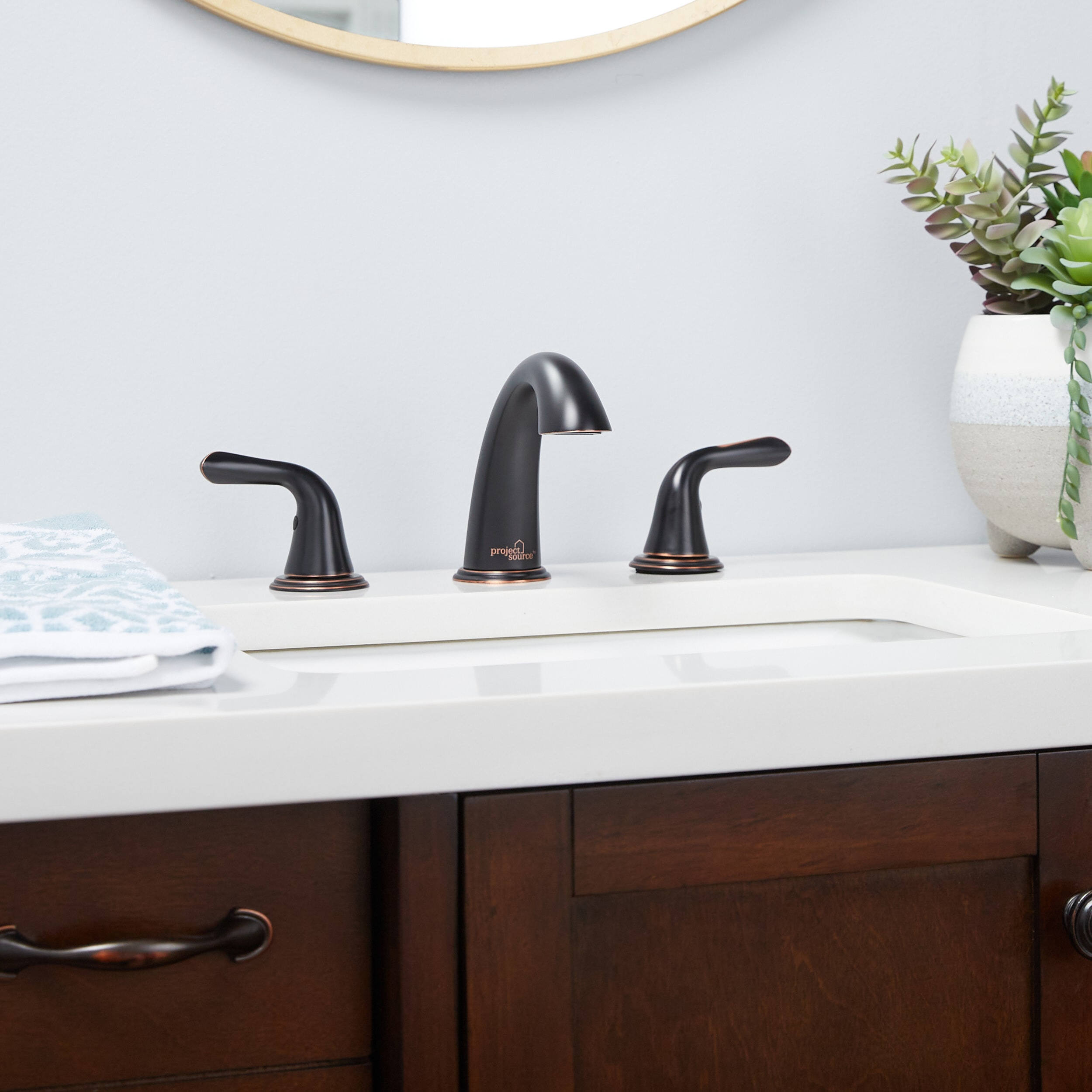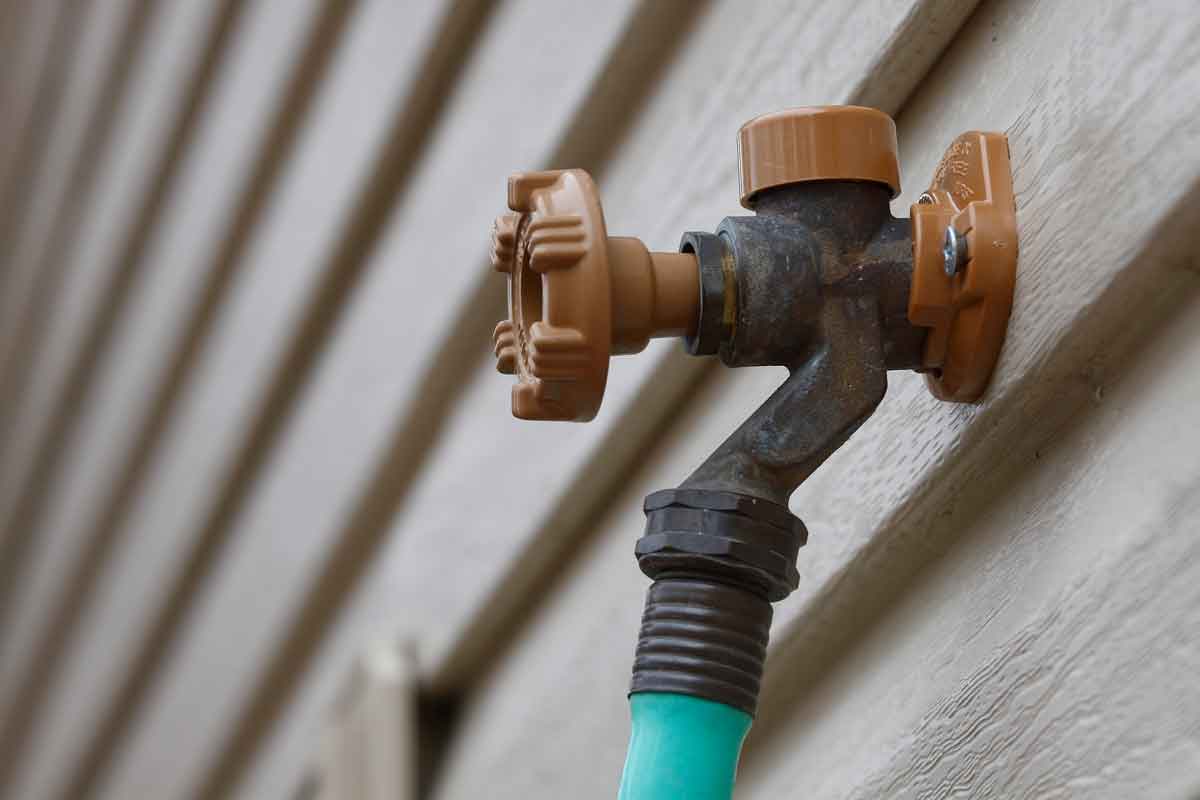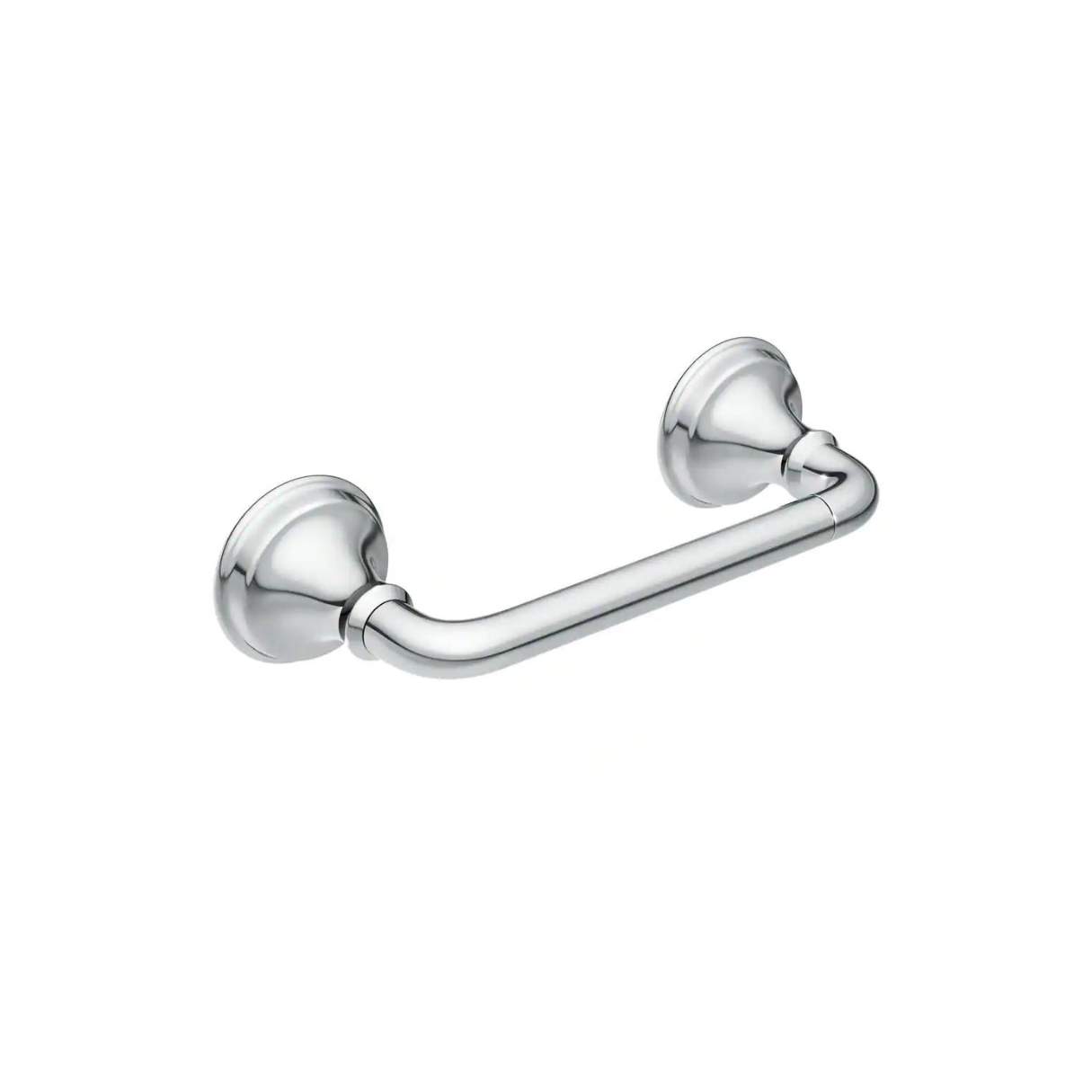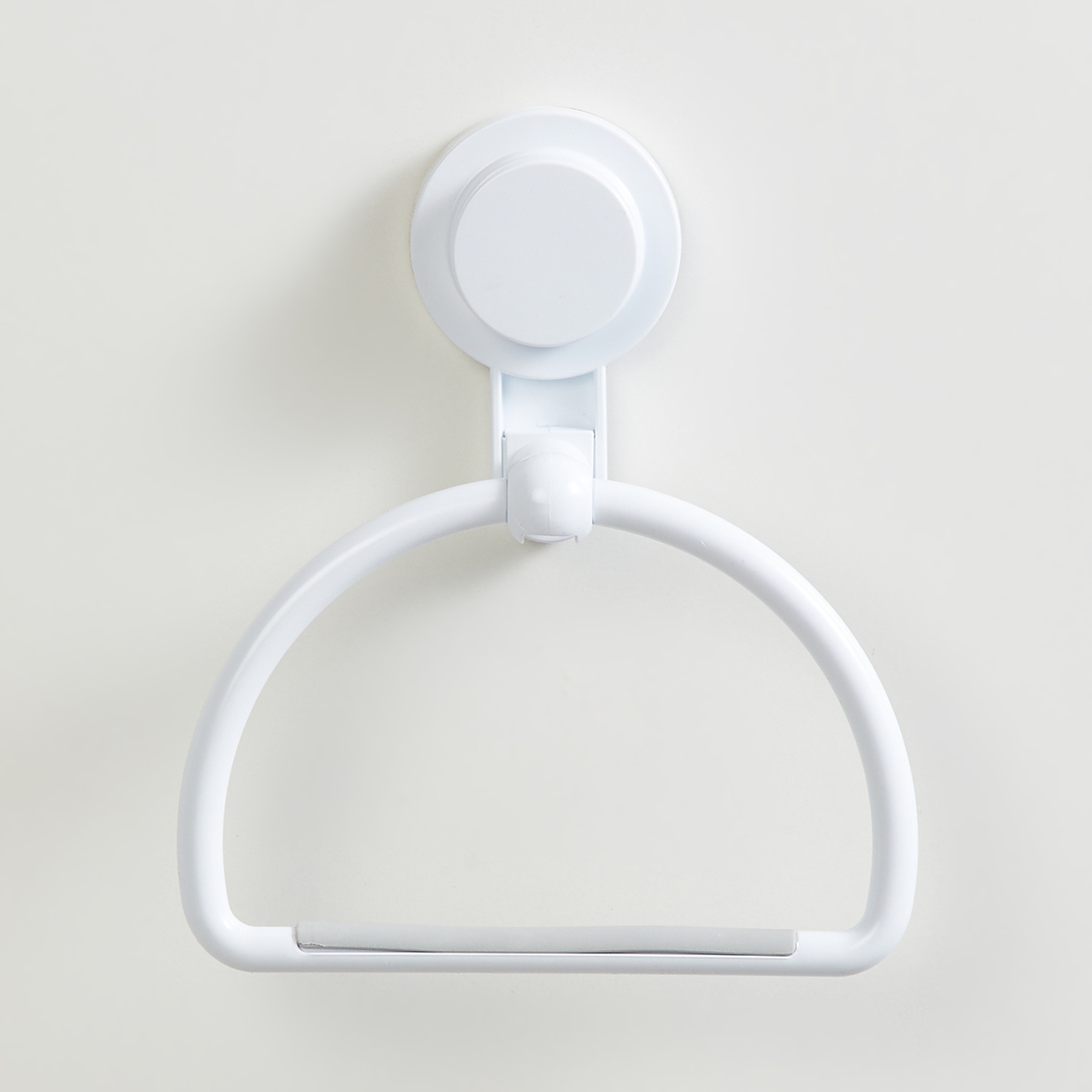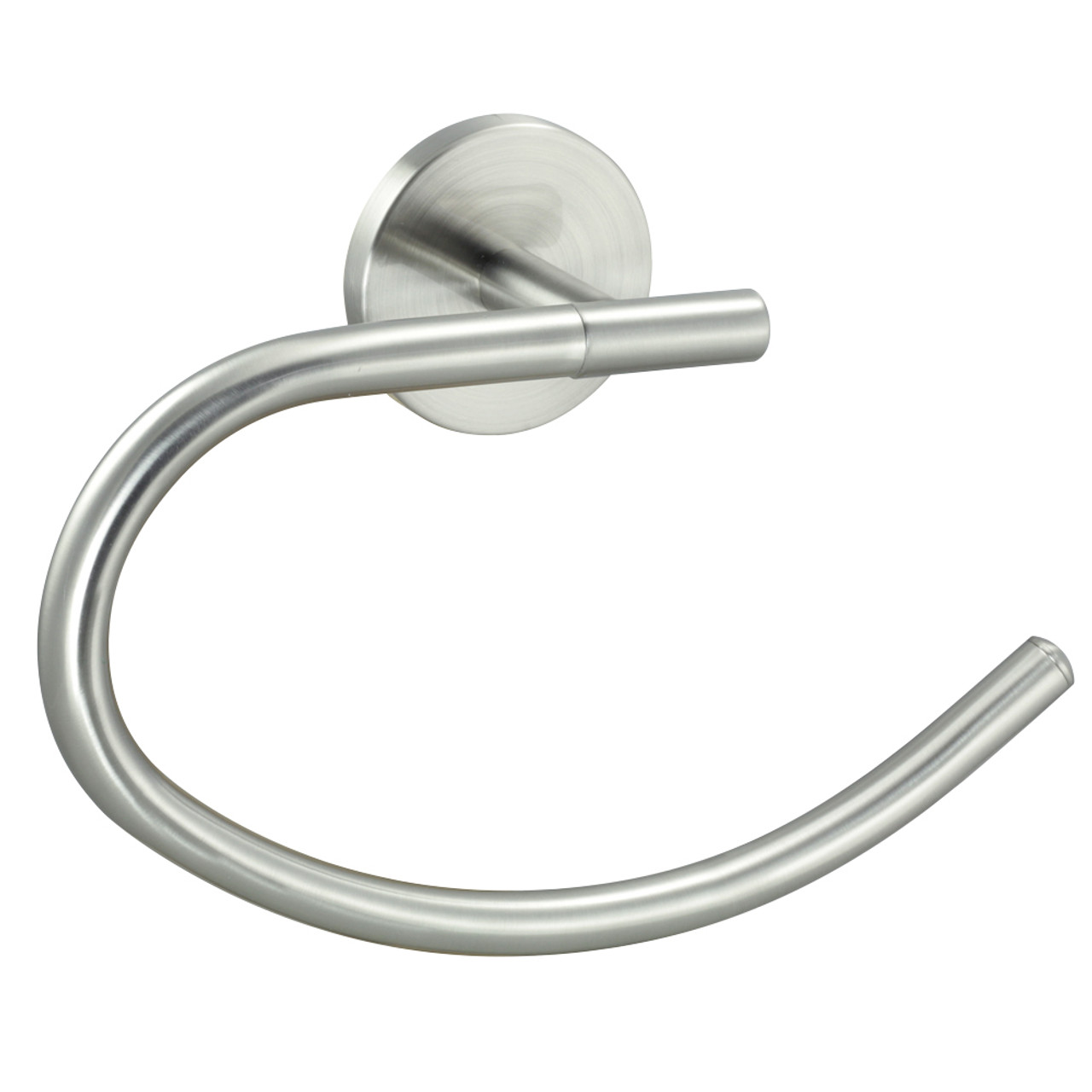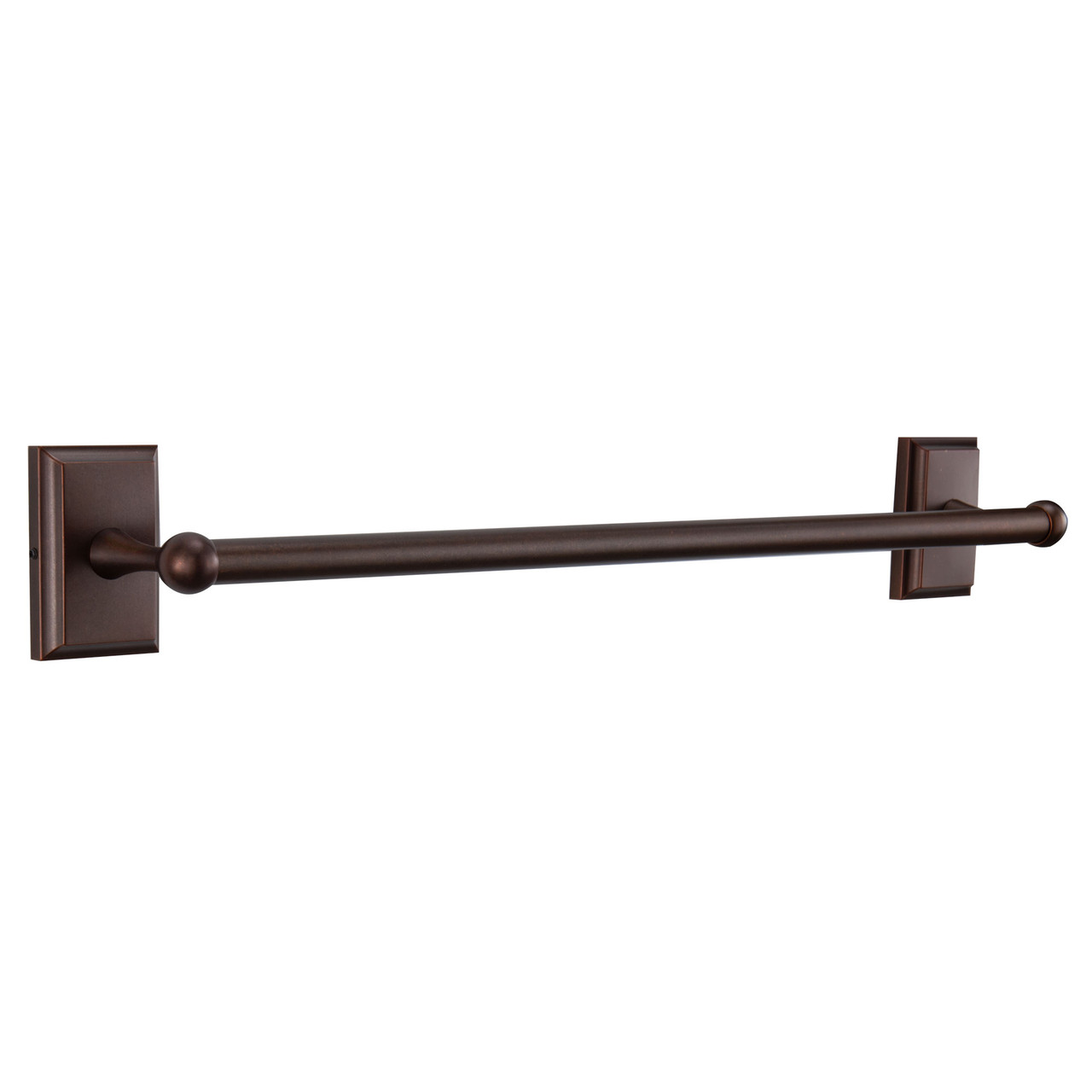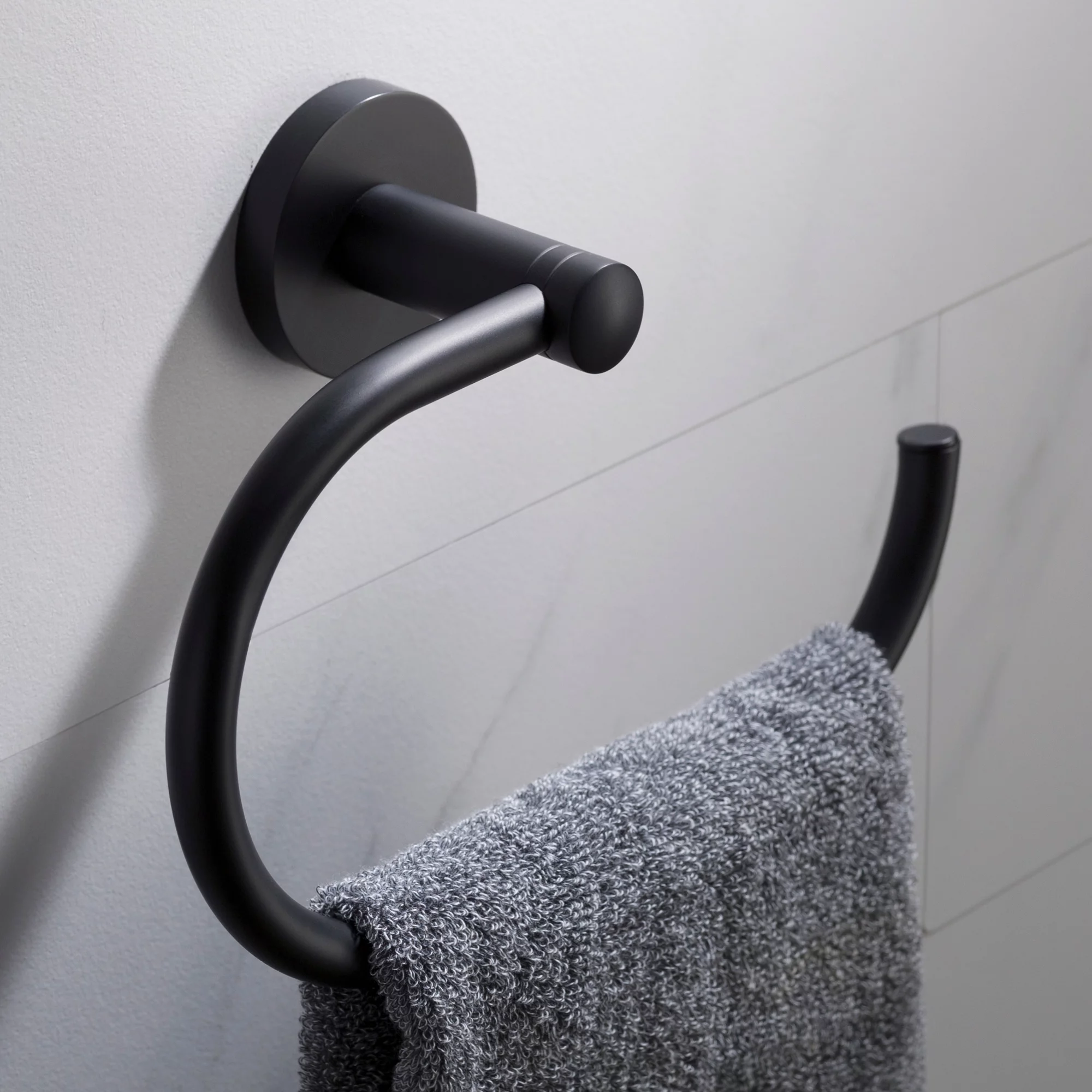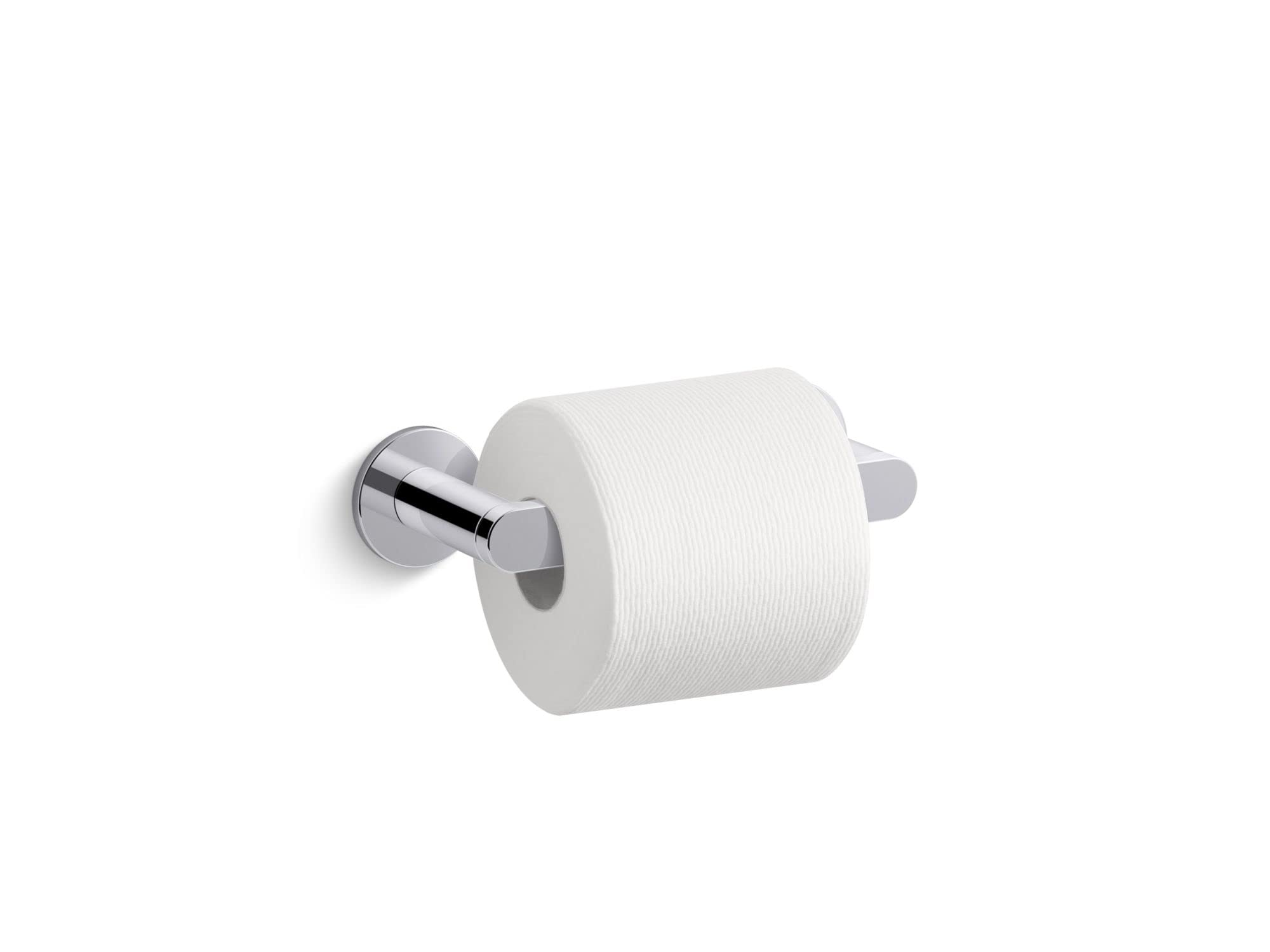Home> Bathroom Faucet
Bathroom Faucet: Ultimate Guide for Your Perfect Bathroom Upgrade
Discover the best bathroom faucet options for your home! Our comprehensive guide offers expert advice on styles, installation, and cost – making your upgrade easier.
Where Can You Buy A Template For Moen Pivoting Toilet Paper Holder
By: Amelia Brooks • Articles
